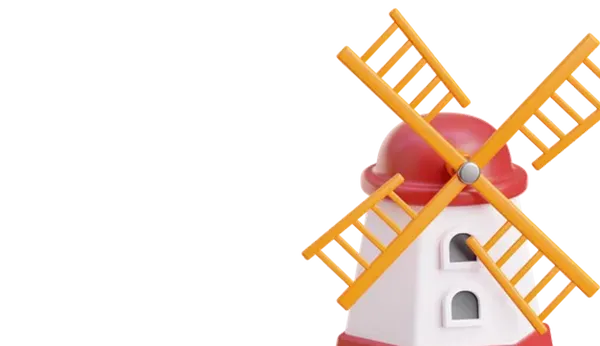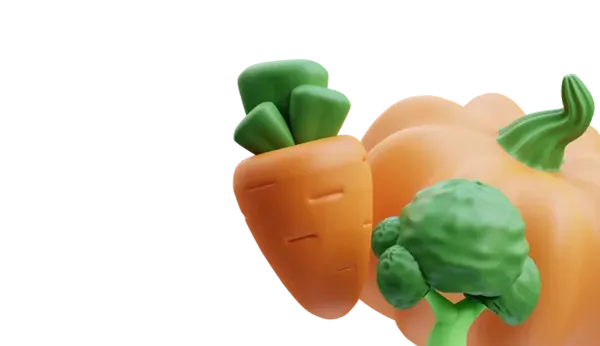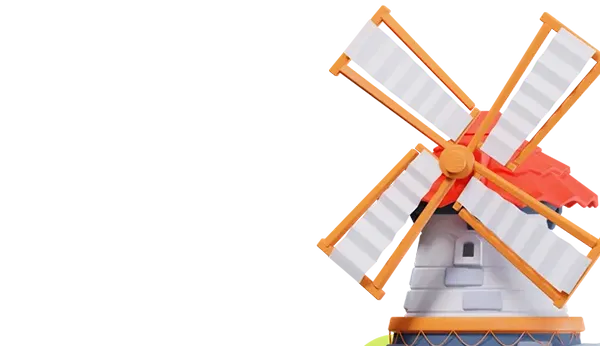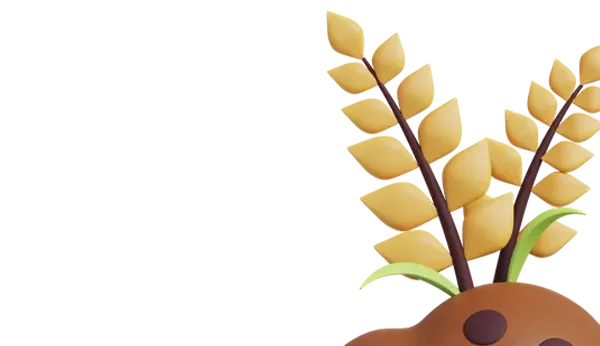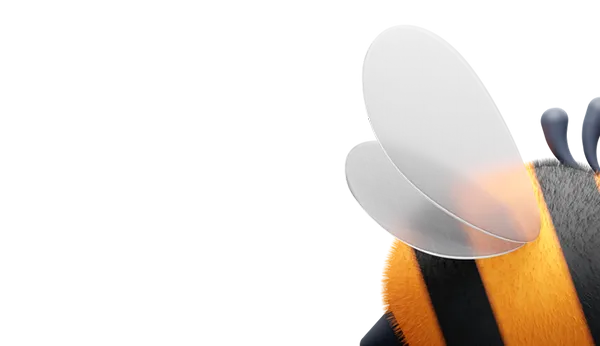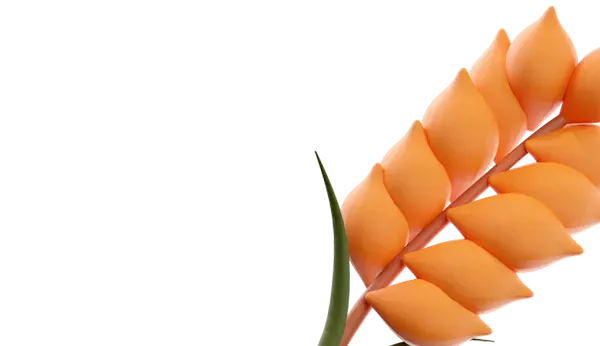Experts claim that this insect is called the red-headed leaf beetle, also known as the blister beetle. The creature has an average size of 12-18 mm in length, with a long and narrow body. The beetle's head is colored in bright orange-red with a black stripe in the center, as well as a light longitudinal stripe along its back. When threatened, beetles can emit drops of poisonous liquid from the joints of their limbs.
The activity of these beetles can be observed from May to August, peaking from late June to mid-July.
The main habitats of this pest are weed plants, such as white cockle and wild alfalfa.
These beetles form large colonies and are often found on agricultural crops such as potatoes, soybeans, alfalfa, and cucurbit crops. After mating, females lay eggs in moist soil, choosing places where locust cocoons are located. The transparent oval eggs are laid in groups and mature in about 2-3 weeks, after which larvae emerge. The larvae are active predators with well-developed sensory organs. They penetrate locust, grasshopper, and pyrgomorphid cocoons, devouring their eggs and contributing to the regulation of locust populations. All this indicates that the red-headed leaf beetle is beneficial.
However, in large numbers, the red-headed leaf beetle becomes a threat to gardens and fields, especially in dry and hot weather conditions.
For prevention, it is recommended to plow the soil deeply and destroy weeds.
There are two main methods to control the red-headed leaf beetle: manual collection and the use of pesticides. In a backyard garden, you can manually collect the beetles, but it is better to do this in the morning when they are less active, and always wear gloves. The toxic substance emitted by red-headed leaf beetles can cause skin irritation.
In some cases, it is necessary to use insecticides to treat plants. It is important to strictly follow the application instructions and observe personal hygiene and safety rules!
Source: Rosselkhoztsentr.





